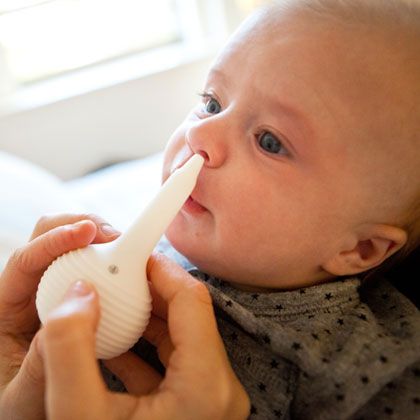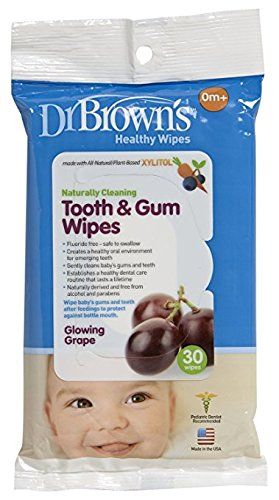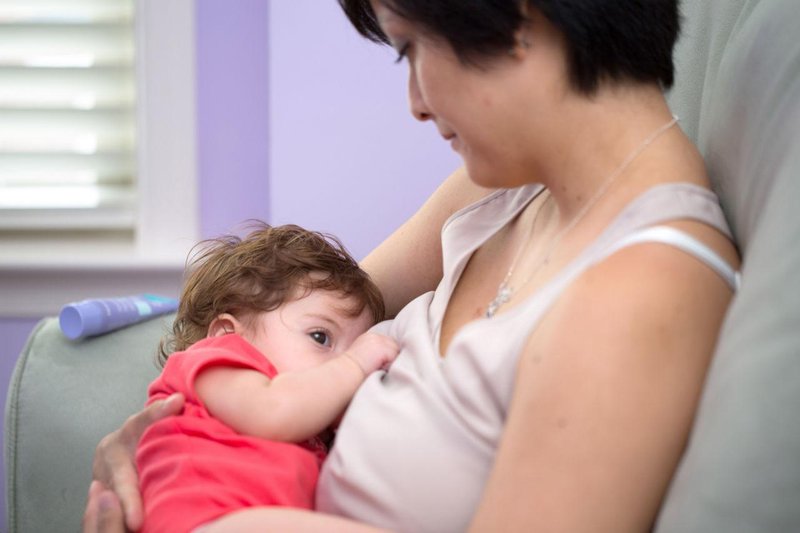Baby feeding tube in the nose
When Your Child Needs a Nasogastric (NG) Tube
If your child is having trouble swallowing food or liquids safely, the healthcare provider may advise tube feeding. Tube feeding is often done with a nasogastric (NG) tube. This is a soft, thin tube put through your child’s nose and down into the stomach. It sends liquid food directly to the stomach. Liquid food given through the NG tube is digested the same as food eaten normally. The NG tube may look uncomfortable. But it should not be uncomfortable for your child.
Why an NG tube is used
An NG tube is often used for many reasons. For example, it may be used if your child:
Needs short-term help getting nutrients or medicine
Is not growing properly on regular food
Has trouble swallowing
Has an infection or is recovering from surgery and can’t eat food for a short time
Needs extra nutrition in addition to regular feeding
An NG tube is only meant to be used for a short time. If your healthcare provider feels your child may need a more long-term solution, there are other kinds of tubes. These can be put directly into the stomach or part of the small intestine with a small surgery.
Contact information to keep handy
Ask for phone numbers to call if you need help. Also make sure you have the phone number for your child’s medical supply company. You’ll need to order more supplies for your child in the future. Write all of these phone numbers below.
Healthcare provider phone number: ____________________________________
Home health nurse phone number: _____________________________________
Medical supply company phone number: __________________________________
Caring for the NG tube
The tube will be first inserted in the hospital. You may find that it is easier to care for than you think. You’ll be shown how to insert, remove, and care for the NG tube at home. You’ll be taught how to make sure the tube is inserted correctly every time you feed your child.![]() Ask your child's healthcare provider how often the NG tube needs to be replaced.
Ask your child's healthcare provider how often the NG tube needs to be replaced.
Replace NG tube: ______________________________
Feeding your child
You’ll need to feed your child through the tube. You will be shown how to do this before your child is discharged from the hospital. If you need more help, talk with the hospital about how to arrange a home health nurse to help you.
Checking placement of the tube before feeding
Every time you feed your child, you’ll need to make sure the NG tube is in the proper place. The end of the tube must be in your child’s stomach, not in the lungs or throat. To check if the tube is in place, you will draw some liquid from the stomach and test it. Do this check before each feeding.
Types of feeding
There are 2 types of feeding with an NG tube. Your child may be have one or both types of feeding. They are:
Continuous feeding. Liquid food is dripped slowly through the tube for part or all of a day.
 This type of feeding is only done using a pump. The amount of food to be given and time frame are often set on the pump for you. Don't change pump settings unless you’re told to do so.
This type of feeding is only done using a pump. The amount of food to be given and time frame are often set on the pump for you. Don't change pump settings unless you’re told to do so.Bolus feeding. This is a meal-sized amount of liquid food given through the tube several times a day. Bolus feeding is given using a syringe or a pump. Your child’s healthcare provider or home health nurse will tell you how much liquid food to use for each feeding. You’ll also be told how often to feed your child.
For bolus feeding, fill in the numbers below:
Feed your child on this schedule: ____________________________________________
Give this much at each feeding: ______________________________________________
When to call the healthcare provider
Call your child's healthcare provider right away if any of the following occurs:
You’re not able to place the tube.
Your child has trouble breathing.
The skin around the tube site has redness, swelling, leaking fluid, or sores.

You see blood around the tube, in your child’s stool, or in the contents of the stomach.
Your child coughs, chokes, or vomits while feeding.
Your child’s belly looks bloated or feels hard when gently pressed.
Your child has diarrhea or constipation.
Your child has a fever 100.4°F (38°C) or higher, or as directed by the healthcare provider.
Nasogastric Tube (NG Tube) (for Parents)
Reviewed by: Kate M. Cronan, MD
en español Sonda nasogástrica
What Is a Nasogastric Tube?
A nasogastric (NG) tube is a thin, soft tube that goes in through the nose, down the throat, and into the stomach. They're used to feed formula to a child who can't get nutrition by mouth. Sometimes, kids get medicine through the tube.
NG tubes are used for short periods of time, usually a few weeks to months.
Who Needs an NG Tube?
Kids need NG tubes when they can't eat and drink enough to stay healthy.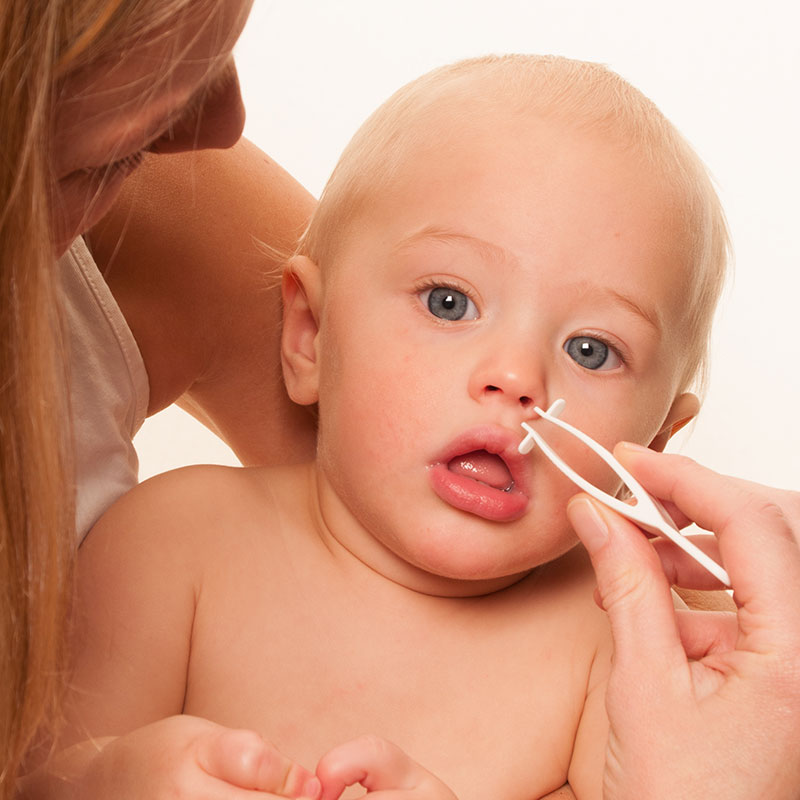 This may happen when:
This may happen when:
- a baby is born early
- a child has trouble swallowing
- a child has a digestive problem or inflammation of the digestive tract
- a child needs extra calories
What Happens During NG Tube Placement?
In the hospital, a health care provider trained in placing NG tubes can insert the tube at a child's bedside. When they do this short procedure, they:
- Measure the tube against the child to be sure it's the right length.
- Lubricate the tube with water or a special jelly.
- Insert the tube into a nostril and guide it down the esophagus, into the stomach.
- Check to make sure the NG tube is placed correctly.
- Tape the tube to the child's cheek to hold it in place.
Are There Any Risks From NG Tube Placement?
Inserting the tube into the wrong place is a risk of NG tube placement. That's why it's important to be sure the end of the tube reaches into the stomach.
How Do I Care for the NG Tube at Home?
If your child has an NG tube, it's normal to feel a little bit nervous about it at first. But soon you'll feel confident about giving feeds and changing it.
Here are some tips:
- Always wash your hands well before caring for the NG tube or giving a feed or medicine.
- Always keep the feeding set tubing out of the way of infants and children. There is a risk that the feeding set tubing can get wrapped around a child’s neck, which could lead to strangulation or death.
- Check that the tube is placed into the stomach and is working well before you use it.
- Know what to do if the tube gets blocked or comes out.
- Keep the area around your child's nose clean using gauze pads and warm water.
- Check the skin around the nose regularly for signs of irritation or infection, like redness, tenderness, warmth, swelling, or drainage.
- Switch nostrils each time you change the NG tube.

When Should I Call the Doctor?
Call the care team if your child has any of these symptoms:
- nausea
- diarrhea
- a swollen or hard belly
- bleeding from the nose or mouth
- vomiting
- belly pain
- blood in the stool (poop)
- a fever
- a cough
- fussiness or irritability
If your child has trouble breathing or is choking:
- Stop the feed.
- Remove the tube.
- Call your care team.
- Call 911 if the problems continue.
Reviewed by: Kate M. Cronan, MD
Date reviewed: February 2022
Enteral nutrition (tube feeding)
What is enteral nutrition?
Sometimes during treatment and recovery, children with cancer cannot get the calories and nutrients they need orally. Tube feeding, or enteral nutrition, provides nutrition in the form of a liquid or mixture given through a tube that is inserted into the stomach or intestines.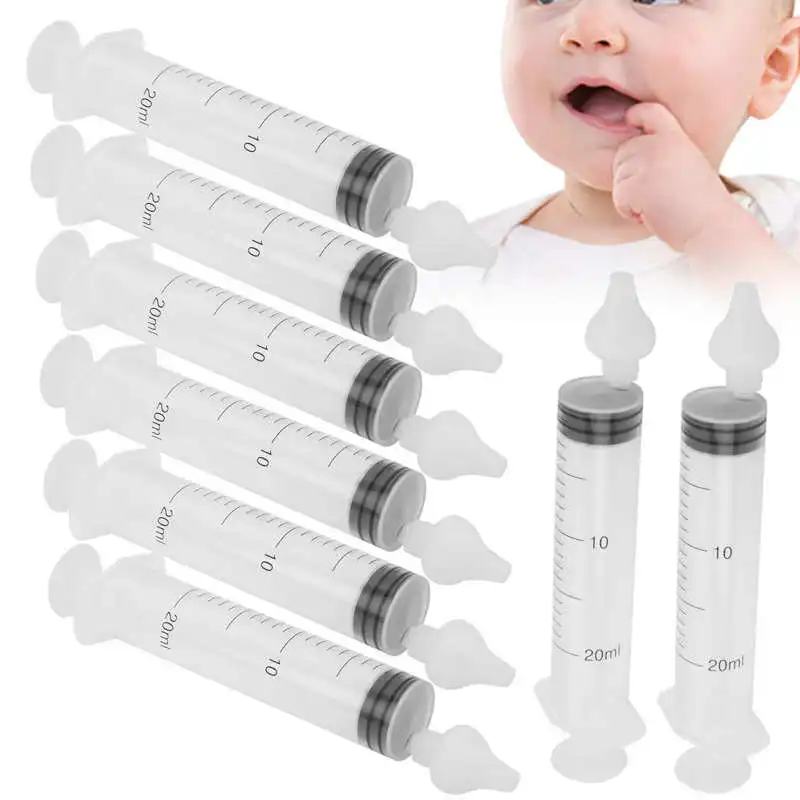 Some medications may also be delivered through such a tube (probe).
Some medications may also be delivered through such a tube (probe).
Typically, the tube is inserted in two ways:
- Through the nose (non-surgical method)
- Through a small incision in the abdomen (surgical method)
Most commonly used are nasogastric tubes and gastrostomy tubes. But there are several types of enteral feeding tubes that differ in the method of insertion and location in the digestive tract.
Sometimes the patient is simply not able to eat enough calories or protein. There is no fault in this. It is important to help your child understand that nutritional support is not a punishment. Most children get used to the enteral feeding tube quickly. It is important that the child does not touch or pull the phone. Follow skin care instructions at the insertion site to avoid irritation or infection.
A nasogastric tube is inserted into the stomach or small intestine through the nose and throat.
Enteral feeding tube types
Enteral feeding tube connects to the stomach or small intestine. The location depends on how the patient tolerates the formula and how well their body is able to digest the nutrients. If possible, they try to place the probe in the stomach so that digestion occurs naturally.
The location depends on how the patient tolerates the formula and how well their body is able to digest the nutrients. If possible, they try to place the probe in the stomach so that digestion occurs naturally.
There are 5 types of enteral feeding tubes:
Nasogastric Tube . A nasogastric tube is inserted into the stomach through the nose. It passes through the throat, esophagus and into the stomach.
Nasojejunal Probe . A nasojejunal tube is similar to a nasogastric tube but passes through the entire stomach into the small intestine.
Gastrostomy Tube (Gastrostomy Probe) . A gastrostomy tube is inserted through a small incision in the skin. The probe in this case passes through the wall of the abdominal cavity directly into the stomach.
Gastrojejunostomy tube (gastrojejunostomy probe) . The gastrojejunostomy tube is inserted into the stomach like a gastrostomy tube, but passes through the stomach into the small intestine.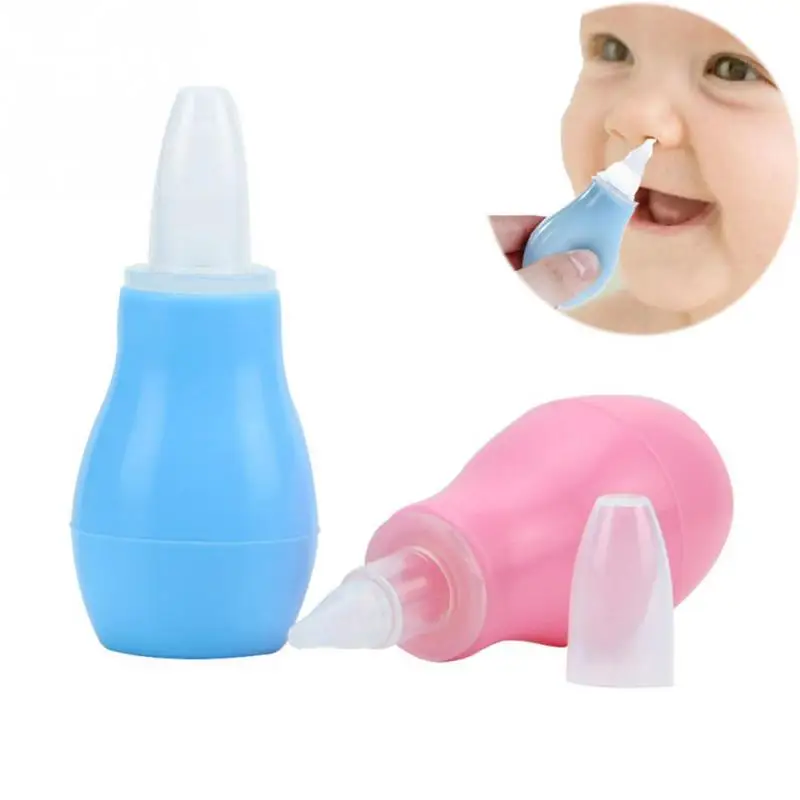
Jejunostomy Probe . A jejunostomy tube is inserted through a small incision in the skin and passed through the abdominal wall into the small intestine.
Nasal tubes, including nasogastric and nasojejunal tubes, are generally used for short-term enteral feeding, usually not more than 6 weeks. The probe comes out of the nostril and is attached to the skin with adhesive tape. Nasogastric and nasojejunal tubes have a number of advantages, such as a low risk of infection and a simple insertion procedure. However, the probe must be attached to the face, and this worries some children. Other children may have problems with the nasogastric tube due to chemotherapy, which irritates the skin and mucous membranes.
Surgical insertion tubes - gastrostomy tube, gastrojejunostomy tube and jejunostomy tube - are used for longer periods of time or if a nasal tube cannot be placed in the child. The opening in the abdominal wall through which the probe is inserted is called the stoma.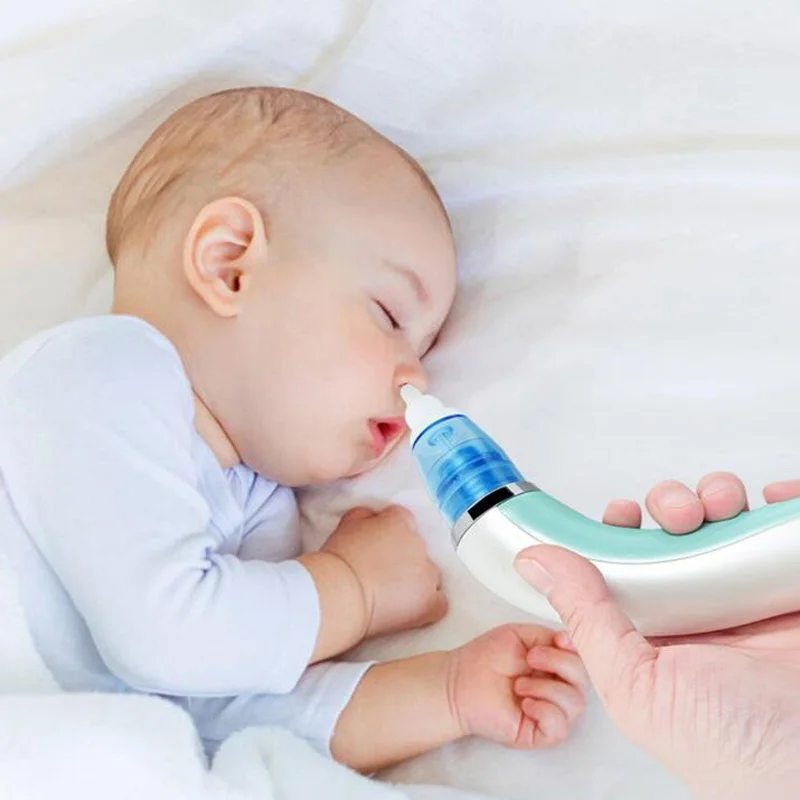 A long tube or a "button" (low profile) probe may be visible on the patient's body. After healing, the stoma is usually pain free and the child can perform most daily activities.
A long tube or a "button" (low profile) probe may be visible on the patient's body. After healing, the stoma is usually pain free and the child can perform most daily activities.
-
Insertion of nasogastric and nasojejunal tubes
-
Gastrostomy, gastrojejunostomy and jejunostomy insertion
After healing, the stoma usually does not hurt. The child can perform most daily activities.
Side effects of enteral nutrition
The most common side effects of enteral nutrition are nausea, vomiting, stomach cramps, diarrhoea, constipation and bloating.
There may be other side effects:
- Infection and irritation at the insertion site
- Probe misaligned or falling out
- Lung ingestion of formula
Most side effects can be avoided by following the care and nutrition instructions.
Feeding babies with tubes in place
It is the responsibility of the nutritionist to provide the baby with all the necessary nutrients. In children with cancer, an enteral feeding tube is often used in addition to what the child can eat normally. However, some patients have to enter all the nutrients through a tube.
The patient is prescribed a mixture containing:
- Calories
- Fluid
- Carbohydrates
- Fats
- Protein
- Vitamins and minerals
Standard formulas are suitable for many patients. For babies, it is preferable to use breast milk. Some children need special formulas that take into account their characteristics: the presence of allergies, diabetes or digestive problems.
It is very important for family members to work closely with a nutritionist. Nutritional needs may change due to changes in the child's health or side effects such as vomiting or diarrhea.
Types of enteral feeding
There are three types of enteral feeding - bolus, continuous and gravity.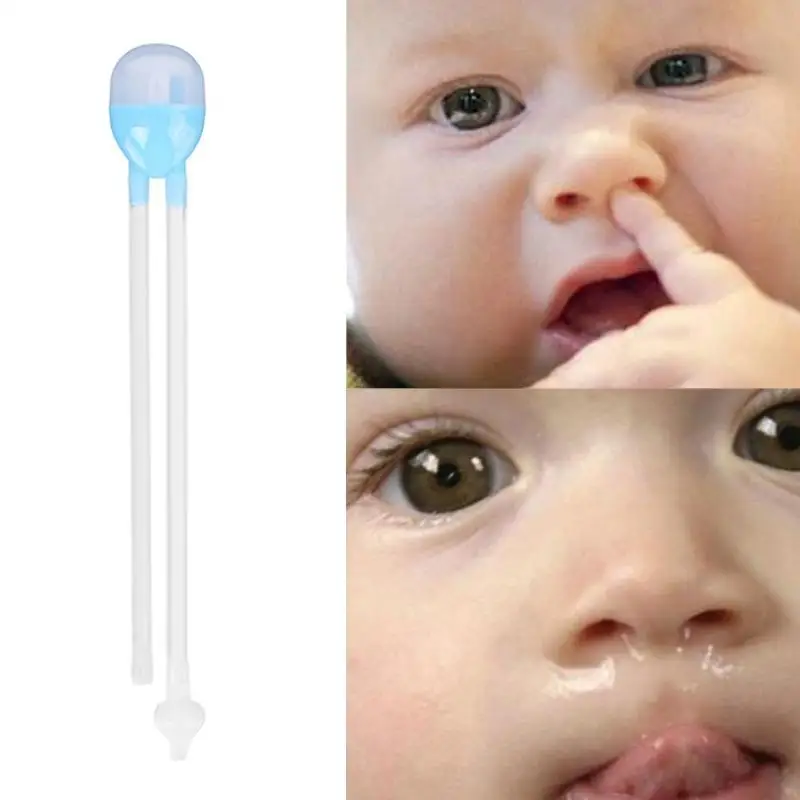
Bolus feeding - large doses of the mixture are given to the patient by tube several times a day. This species is closest to the usual diet.
Continuous feed - Electronic pump delivers small doses of formula for several hours. Some children may need continuous feeding to reduce nausea and vomiting.
Gravity Feeding - A bag of formula is placed on the IV stand and a predetermined amount of formula is dripped through the tube at a slow rate. The duration of such nutrition depends on the needs of the patient.
Enteral feeding at home
Children can go home with a feeding tube. The doctors will ensure that family members know how to feed and care for the probe. Family members need to pay attention to the following issues:
- Weight gain or loss
- Vomiting or diarrhea
- Dehydration
- Infection
Formulas, Consumables, and Equipment Required:
- Formula: Most enteral formulas are sold ready-made.
 Some are available as a powder or liquid to mix with water.
Some are available as a powder or liquid to mix with water. - Syringe
- Adapter tube (if the child has a button tube for long-term enteral nutrition)
- Pump (with continuous power)
- Feeding formula bag with tubing (for continuous feeding)
- IV Stand (gravity fed)
General tips for enteral feeding at home:
- Always wash your hands with soap and water before feeding your baby.
- Make sure the baby's head is above the stomach.
- Throw away any ready-made or homemade formulas that have been opened and kept in the refrigerator for 24 hours or more.
- Store mixed formulations in the refrigerator and discard after 24 hours.
- Ready-to-use formulas do not need to be refrigerated.
- Do not empty the syringe completely during feeding.
- Wash the syringe (and transfer tube, if used) with warm water and dishwashing detergent after each use.
- Watch for signs of nausea, vomiting, bloating or irritability while feeding.
 If you notice these signs, stop feeding and contact your doctor immediately.
If you notice these signs, stop feeding and contact your doctor immediately. - Check the skin around the injection site for signs of irritation or infection.
-
Modified November 2018
Insertion of nasogastric and nasojejunal tubes
Insertion of a nasal enteral feeding tube is a common procedure for children with cancer. A thin, flexible, hollow tube is passed through the nose and esophagus into the stomach (nasogastric tube) or intestines (nasojejunal or nasoduodenal tube). This enables the patient to receive nutritional support and medications through the tube. A nasogastric tube is also used to drain air and other stomach contents.
If anesthesia is used during insertion of the probe, the patient will be asked not to eat or drink for a certain amount of time before the procedure. It is very important to follow the instructions for preoperative fasting. The patient may be asked to follow fasting instructions also after the procedure.
-
Insertion of a nasogastric tube is usually performed in the patient's room while the patient is conscious. During the procedure, it is important to breathe evenly and relax. To facilitate the advancement of the probe, you can swallow or drink water through a straw.
If the patient is conscious during the procedure, the process includes the following steps:
- The patient should either sit up straight or lie down with their head elevated.
- Children may be given a special medication to help them relax during the procedure. Sometimes a local anesthetic may be used to reduce pain and the gag reflex.
- The appropriate probe length depends on the age and body size of the patient.
- To facilitate passage, the end of the probe is lubricated with a special compound.
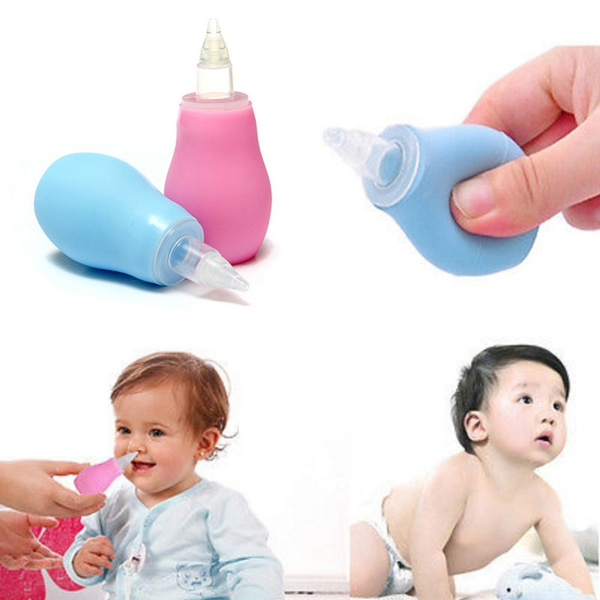
- The patient will be asked to lower their head so that their chin is pressed against their chest.
- A nurse or other healthcare professional will hold the tube and insert it into the patient's nostril. The probe will slowly move through the nasal passage.
- During the process, the patient will be asked to swallow or drink water in small sips. So the probe will be able to take the desired position.
- Doctors will take X-rays or analyze stomach contents to make sure the tube is in the correct position.
- The probe is fixed to the patient's face with an adhesive plaster.
Change your nasogastric tube as scheduled (usually every 30 days) or as directed by your doctor.
The steps taken may vary depending on the approved hospital procedures, facility capacity, medical judgment, and patient needs. Be sure to discuss your upcoming procedure with your healthcare team.
-
Nasoduodenal and nasojejunal tube placement is usually performed under general anesthesia.
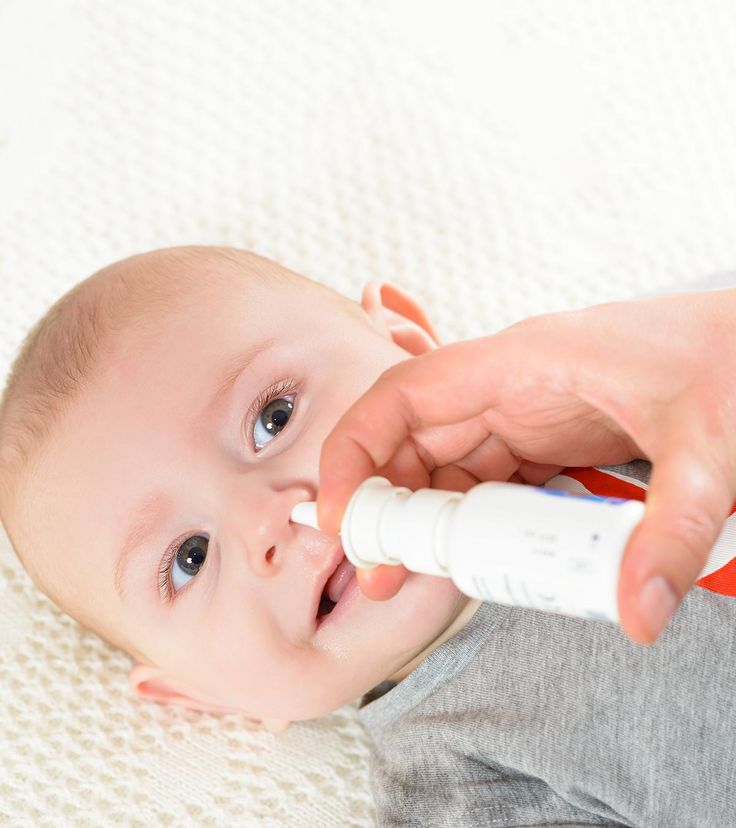
Nasoduodenal and nasojejunal tube insertion order:
- The patient is taken to the interventional radiology or treatment room. If hospital policy allows, parents will be able to stay with the patient until the procedure begins.
- In children, this procedure is usually performed under general anesthesia. During the procedure and during recovery after anesthesia, the patient's heart rate and pressure are monitored.
- To facilitate passage, the end of the probe is lubricated with a special compound.
- The procedure is performed under x-ray control - the doctor inserts a probe into one of the nostrils and slowly advances it further through the nose, through the esophagus and into the stomach.
- Using imaging, the probe is advanced through the stomach until it is placed in the correct position in the intestine. A conductor can also be used to install the probe.
- The outer end of the probe is fixed to the face with adhesive tape.
